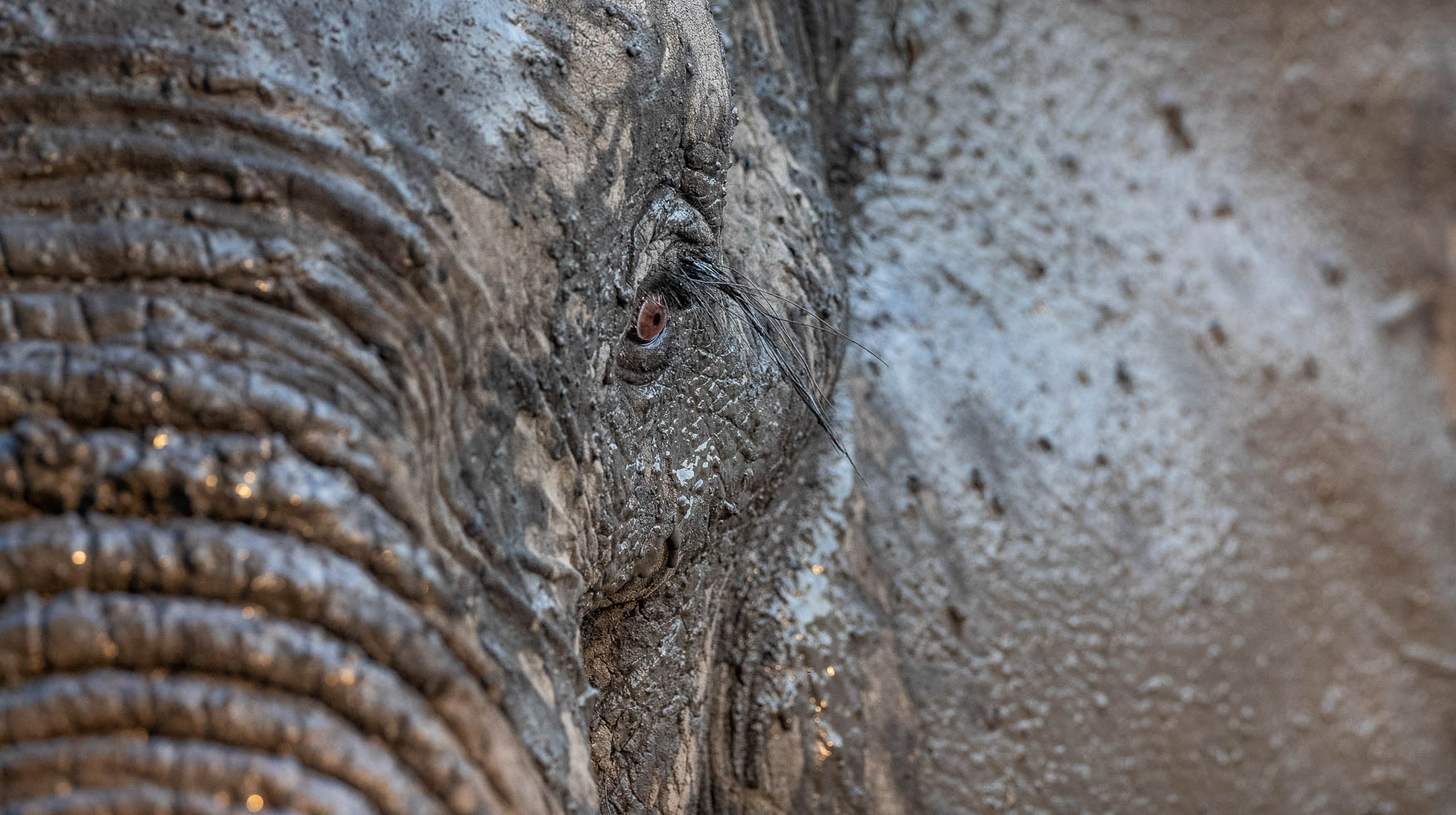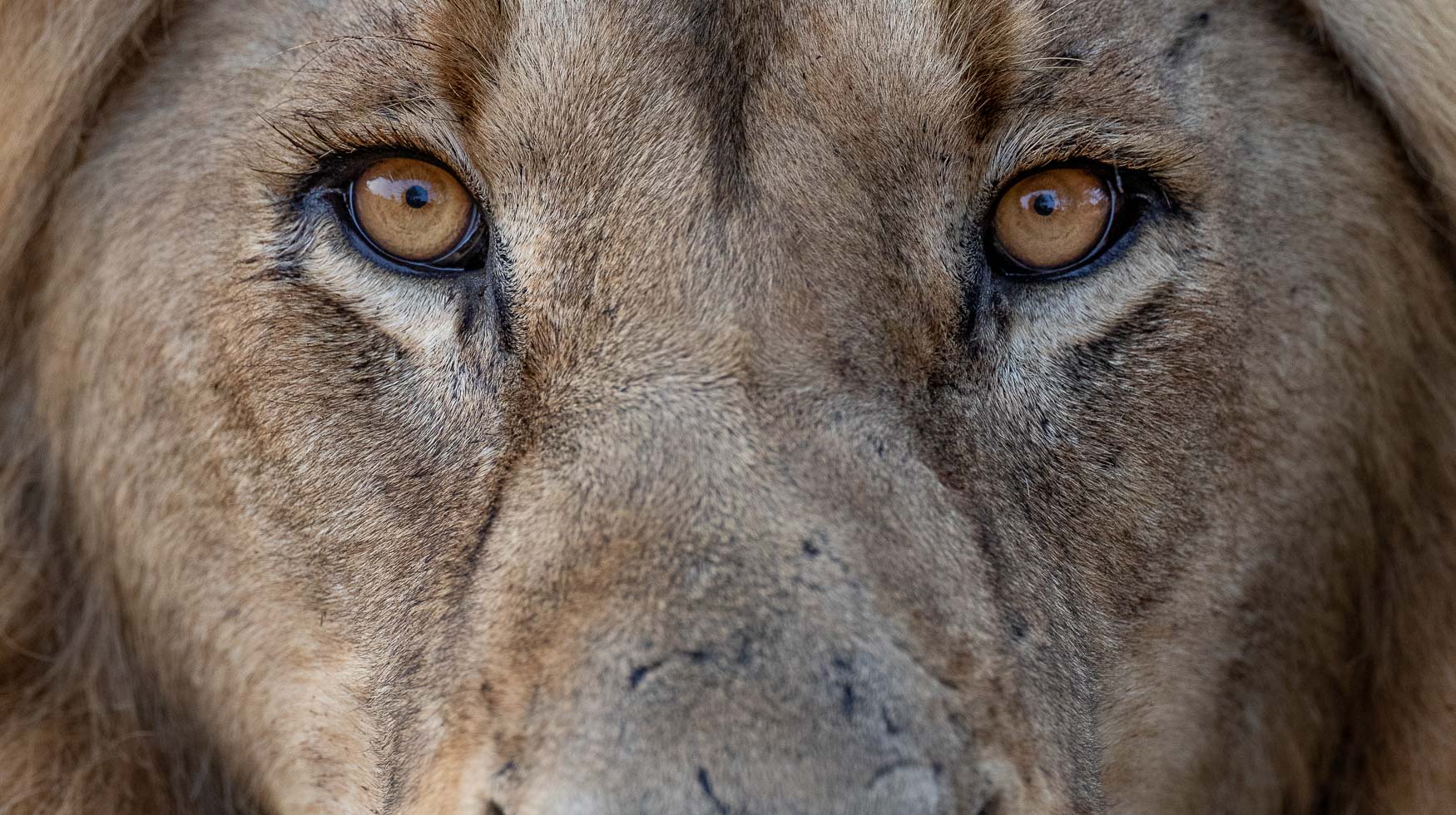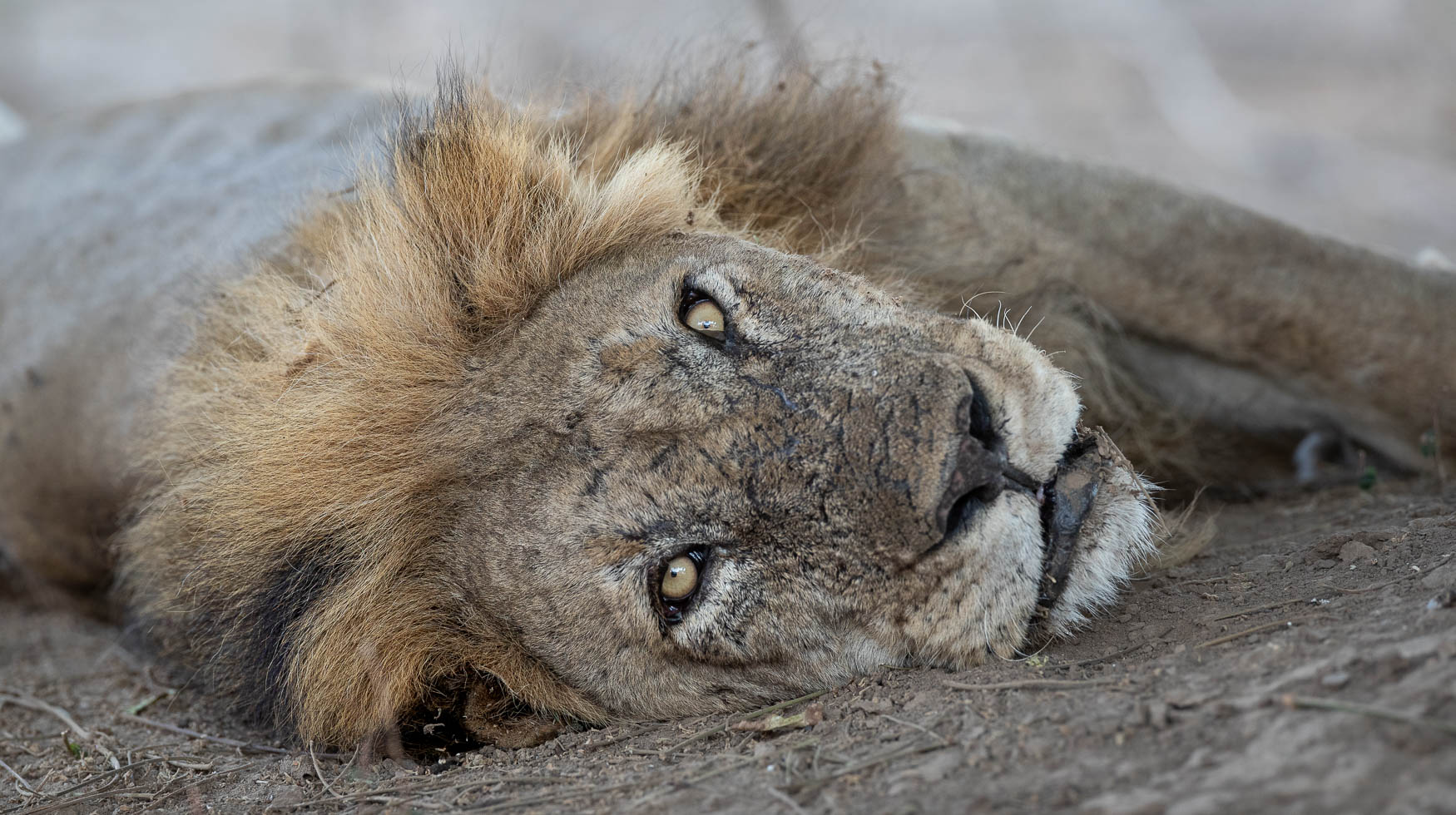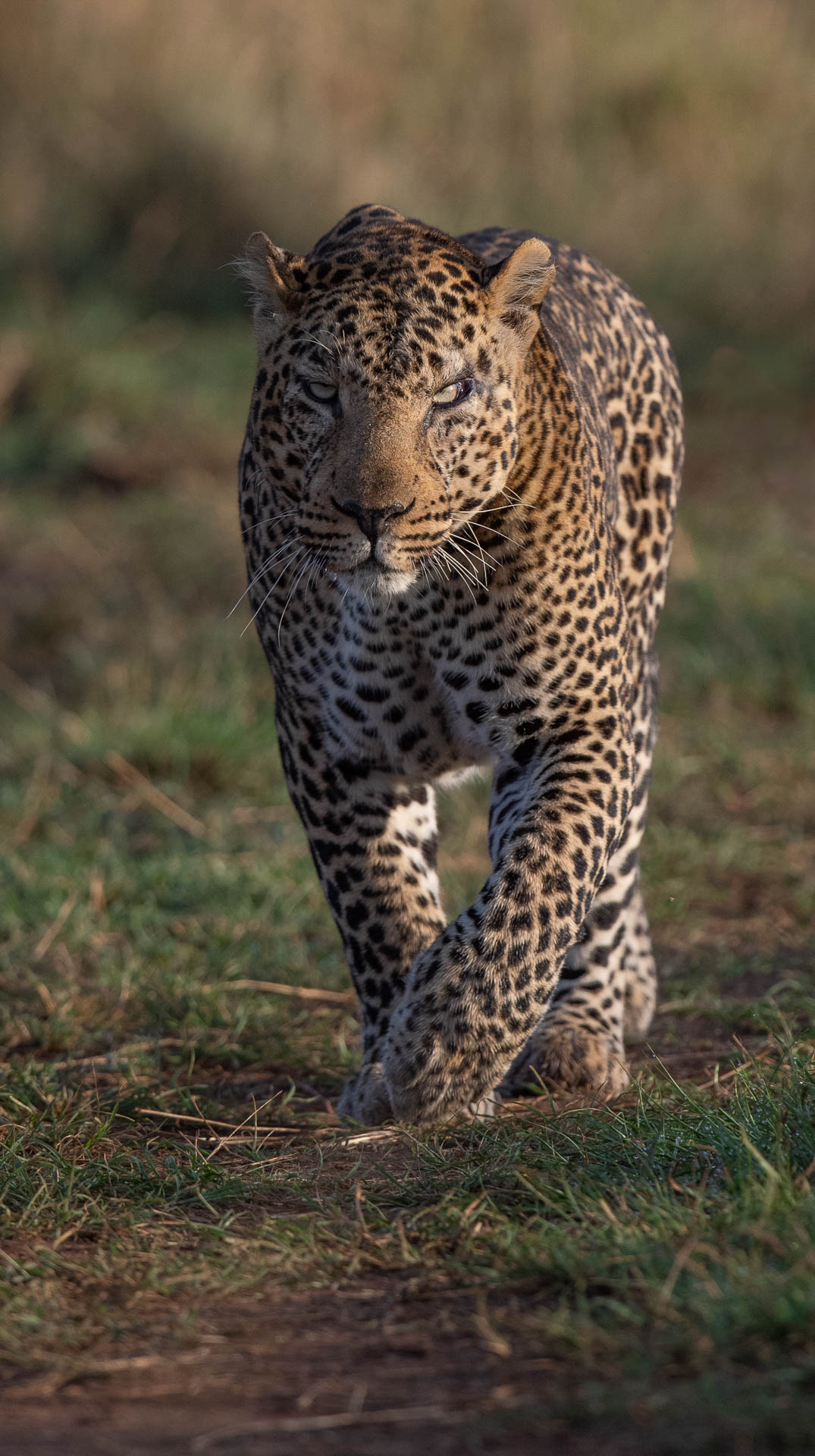I gave some good hard thought to what I would give as a quality piece of photographic advice. Now there's many aspects to wildlife photography I could share, that could make it easier. We could talk about creating incredible low-angles on the scene, what you include & exclude, composition and even just making sure the photo is sharp. But, that all fades into insignificance if the eyes of your animal is not the star of the show.
Eye contact in wildlife photography is something that can't be taken lightly. It's one of the most important elements, without doubt, and a piece of photographic advice I would love to share with you.

Have you ever heard of the term - "smize"? I've heard it in modelling circles. It refers to smiling with your eyes, very simply put. The same can be said for the opposite emotion. What about times when you want to portray sadness, or anger, or fear? It ALL starts with the eyes. If the eyes do not correlate then all is lost & no story will be told.
You've also heard it said that eyes are the windows to the soul.
How often have you not found yourself simply staring at an image, purely because those eyes you're looking at are like deep endless wells drawing you deeper, inviting you to be a part of that moment.

The eyes are powerful, and likely the most powerful part of a picture, should they be included.
Here's some photographic advise for getting the most out of the eyes in your picture:
- It's rather obvious, but make sure they are in focus. If not, it's all kind of pointless.
- Choose your aperture (depth of field) with care. If you're using a lens like the 400 f2.8, or 600 f4, then you'll notice it's easy to have focus issues. If you accidentally focus on the bridge of the nose on a lion, the eyes may not be sharp at all, especially if you are close to the animal. Make sure you focus is exact, and make sure you aperture is set to such a level that they eye chosen (or both) remains sharp and in focus.
- Wait for the right moment. Sometimes the eyes could appear lazy or without intent. Make sure the eyes are fitting to the story you wish to tell.
- Make sure you're shooting at eye level. It makes the eye truly stand out from the scene and the viewer connects with the subject more effectively.
- Make sure your camera is set to continuous focus mode. This way, when the animal is moving towards you, your camera is always tracking and you'll always have the sharpest image possible given your focal points were places across the face & eyes.
- New cameras such as the new mirrorless systems have incredible eye-tracking autofocus capabilities. It's works on a wide array of wildlife and will make the task of eye contact and sharpness a whole lot easier to manage.


So remember this photographic advise next time you're in the field. Save this blog if you have to!
It's all about the eyes!
Trevor
Tips for photographing Jaguars in the Pantanal
Having just returned from my very first trip to Brazil's Pantanal where our group spent 9 nights exploring the rivers and channels around Porto Jofre, I though that rather than pulling together a trip report, I'd share my tips for photographing Jaguars of the Pantanal with you all.
Besides, if you're planning to visit this part of the world or will be heading there soon, I have no doubt that you'll find some of my tips and insight useful!
Processing 27 guest images from Iceland
If you have some time and you want some ideas for your own image processing and some inspiration then don't worry. I've got you covered.
In the video below I process 27 guest images from Iceland. You see, we were nice and busy on the tour and, as with any other tour, I'd much rather have my guests out in the field photographing and experience the places we visit, than sit behind a computer. We can always meet for a Zoom or call and talk through processing afterwards.
So, I asked all the guests to send me some images and I then worked through all these files in order to answer questions that were asked on the tour, show techniques I mentioned and also give some tips and tricks as to how to edit certain images.
Even if you've never been to Iceland I am pretty sure you will find some value and the way you think about your own images, photography and processing.
